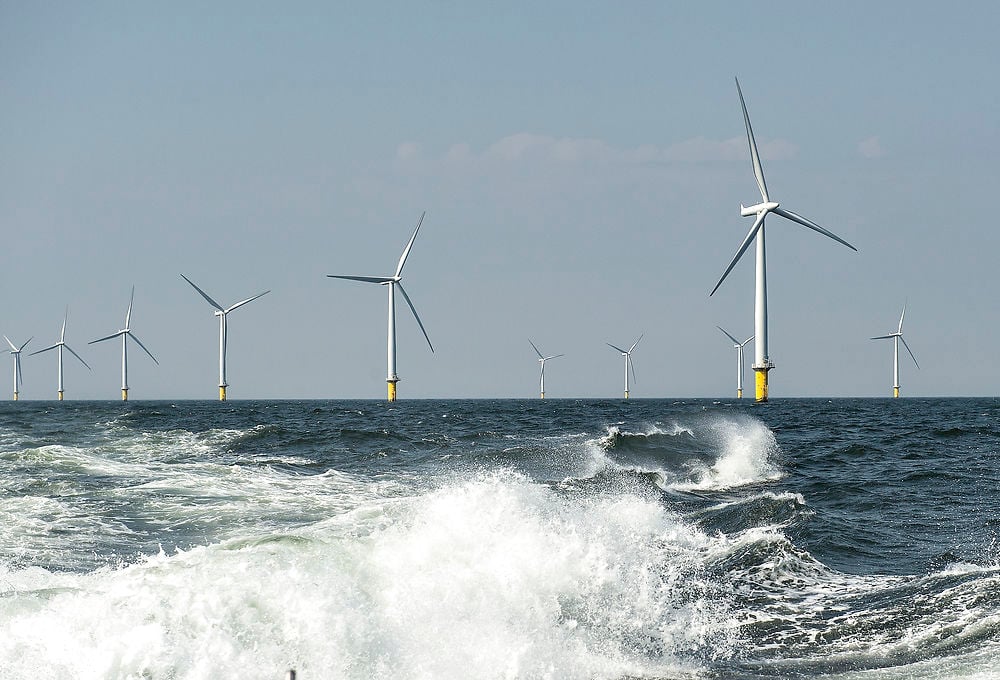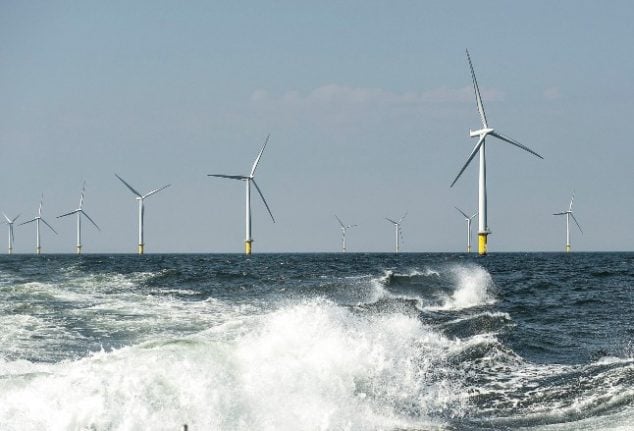Work is due to begin by 2026, he added.
The Danish parliament adopted in June a political environmental framework aimed at reducing the country's CO2 emissions by 70 percent by 2030, which included plans for the world's first “energy hubs” on the island of Bornholm in the Baltic Sea and in the North Sea.
On Thursday, parliament went further by approving a plan to place the North Sea hub on an artificial island, with a wind power farm that will initially supply three gigawatts (GW) of electricity.
Denmark has decided to construct the world’s first windenergy hub as an artificial island in the North Sea #dkgreen pic.twitter.com/lKrxmWV61q
— Dan Jørgensen (@DanJoergensen) February 4, 2021
That could later be scaled up to 10 GW — enough for 10 million households — according to the Danish Ministry of Climate, Energy and Utilities.
The island is to be majority owned by the Danish government in partnership with private companies.
Its final size is yet to be decided but it is expected to cover between 120,000 to 460,000 square meters (about 1.3 to 5 million square feet), ministry spokesperson Emil Lee Madsen told AFP.
The total number of wind turbines has not been finalised either, but estimates range between 200 and 600 units at “a previously unseen scale,” with the tip of the blades reaching as high as 260 meters (850 feet) above the sea.
The project's next steps include environmental impact assessments and talks with potential investors, so construction is still some years off.
“At this point it seems like initial construction will actually begin around 2026, and hopefully it will be finished sometime between 2030 and 2033,” Lee Madsen said, noting that some delays were probable so closer to 2033 was more realistic.
At full capacity, the island would provide more wind power than Denmark needs for its population of 5.8 million.
Other countries could then plug into the hub to “increase the efficiency of the electricity production from the wind farms by distributing it across the European power grid,” the ministry said.
READ ALSO: Denmark proposes giant 1.3GW wind to jet fuel plant



 Please whitelist us to continue reading.
Please whitelist us to continue reading.
Member comments